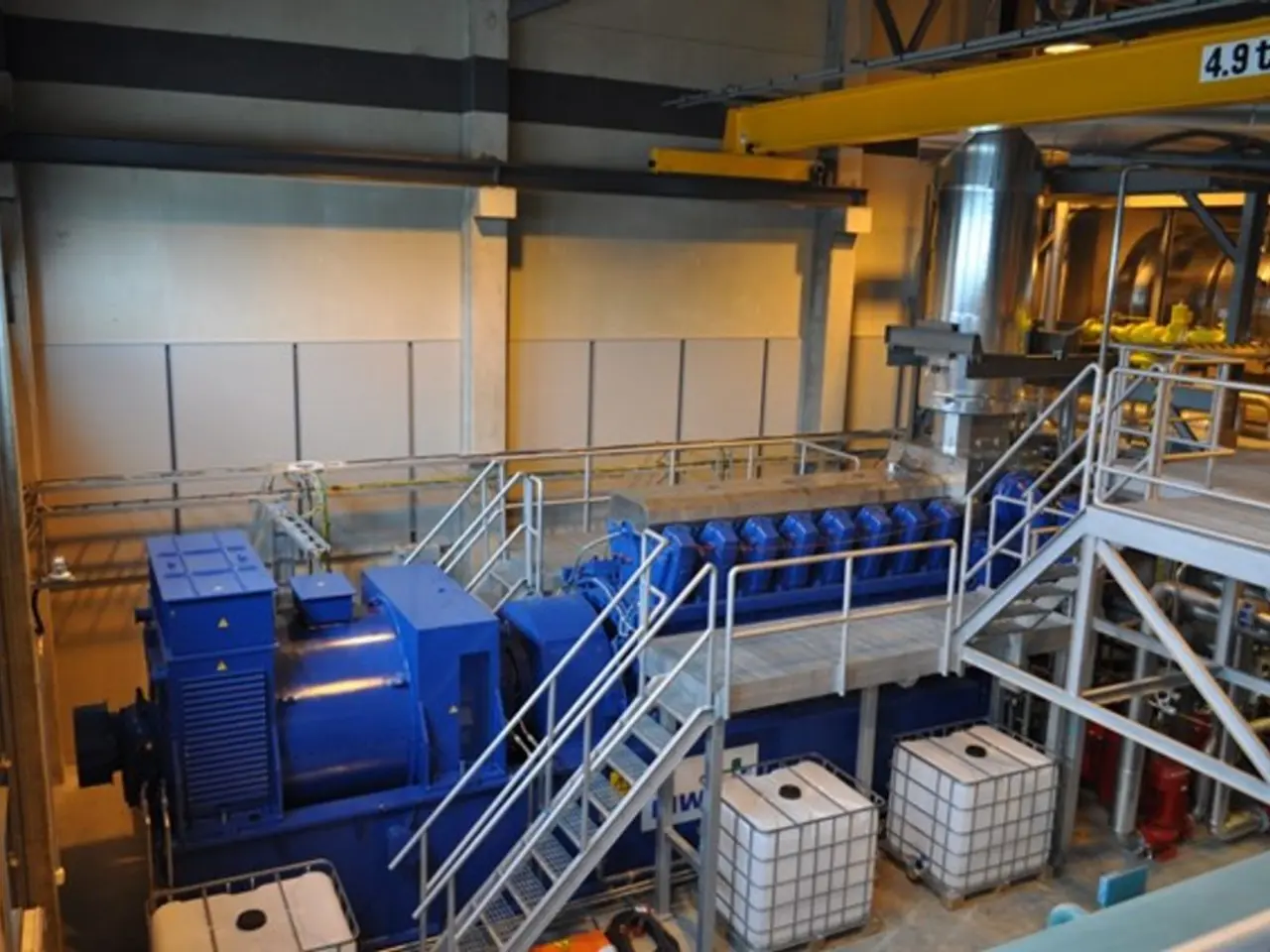Government of the Philippines collaborates with leading financial technology company to expedite digital transformation in transportation sector
The Philippines has embarked on an exciting journey towards modernizing its public transportation sector, with the recent introduction of world-class cashless solutions. This shift marks a significant step forward in upgrading payment systems used in metro lines, mirroring practices in other Southeast Asian countries such as Singapore.
Current Developments: The MRT-3 Cashless System
At the forefront of this transformation is the Metro Rail Transit System Line 3 (MRT-3) in Metro Manila. The Department of Transportation (DOTr), Bangko Sentral ng Pilipinas (BSP), and leading fintech firms like GCash have collaborated to launch an open-loop ticketing system [1][2][3]. This new system allows passengers to pay fares using tap-to-pay methods with credit or debit cards, QR codes from e-wallets like GCash and Maya, and mobile NFC payments [2][4].
Key Partnerships
The success of this initiative is underpinned by strategic partnerships. G-Xchange Inc. (GCash), a leading fintech company, supports the initiative. Major payment card brands like Visa and Mastercard have also lent their support for contactless transactions [3][5]. Landbank provides a Transit Payment Solution to ensure seamless fare payments [3].
System Integration
The Automated Fare Collection System (AFCS) allows for multiple payment modes, reducing the need for single-journey tickets and stored-value cards [3]. Kentkart, a global leader in fare collection solutions, delivered the hardware and software for the open-loop EMV fare collection system across all MRT-3 stations [5].
Expansion Plans: LRT Lines 1 and 2 and Other Mass Transport Systems
The next logical step in this modernization process is the expansion of cashless solutions to other mass transport systems, including LRT Lines 1 and 2. This expansion would further align the Philippines with international best practices in transportation payment systems.
Benefits of Expansion
The benefits of this expansion are manifold. It would increase efficiency by reducing waiting times and improving passenger flow. It would also offer commuters more flexible payment options, enhancing accessibility. Additionally, it would encourage a shift away from cash, thereby reducing the risk of theft and loss.
Challenges and Considerations
However, the integration of new systems into existing infrastructure without disrupting daily operations will be crucial. Public awareness about the benefits and ease of use of cashless systems will be essential for widespread adoption. Robust technical support will also be required to handle high volumes of transactions and potential server issues.
Expected Outcomes
The successful implementation of these systems across all major public transport lines will position the Philippines as a leader in digital transformation in Southeast Asia, enhancing the commuting experience for millions of passengers.
Increased Adoption of Digital Payments
This move will promote a cashless economy, following the BSP's broader push towards digital payments.
Improved Commuting Experience
Passengers can look forward to faster, more convenient travel options, as well as increased safety and security.
Economic Benefits
Potential economic benefits include increased economic activity through enhanced mobility and reduced transaction costs.
In conclusion, the expansion of cashless solutions to LRT Lines 1 and 2 and beyond will continue to modernize the Philippines' transportation sector, aligning it with global best practices in digital payment systems.
The expansion of cashless solutions to LRT Lines 1 and 2 will also encompass the finance industry, as major payment card brands like Visa and Mastercard have shown support for contactless transactions. Additionally, the transportation sector's modernization, particularly in the adoption of cashless systems, mirrors developments in the industry, such as those seen in Singapore's public transportation.




